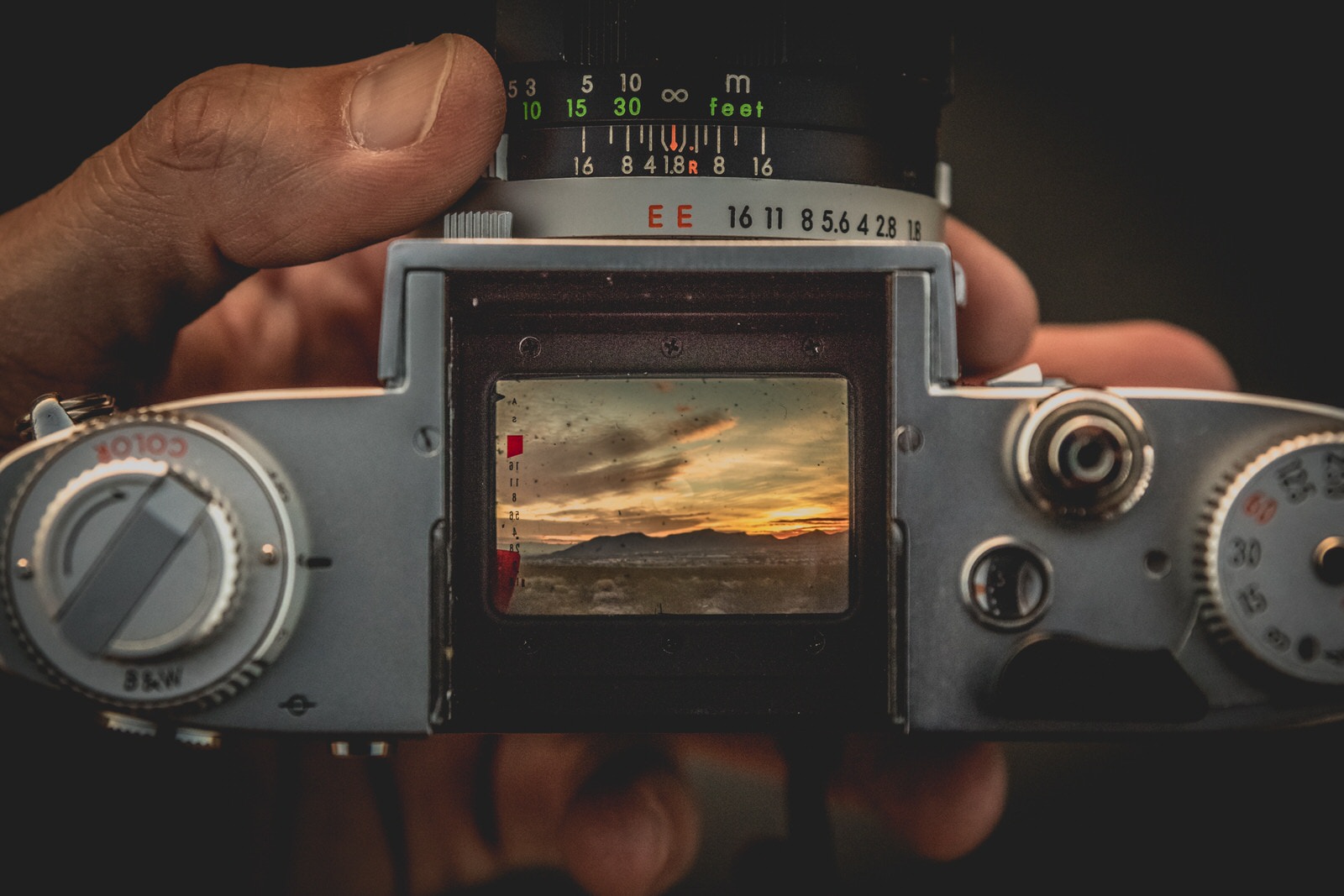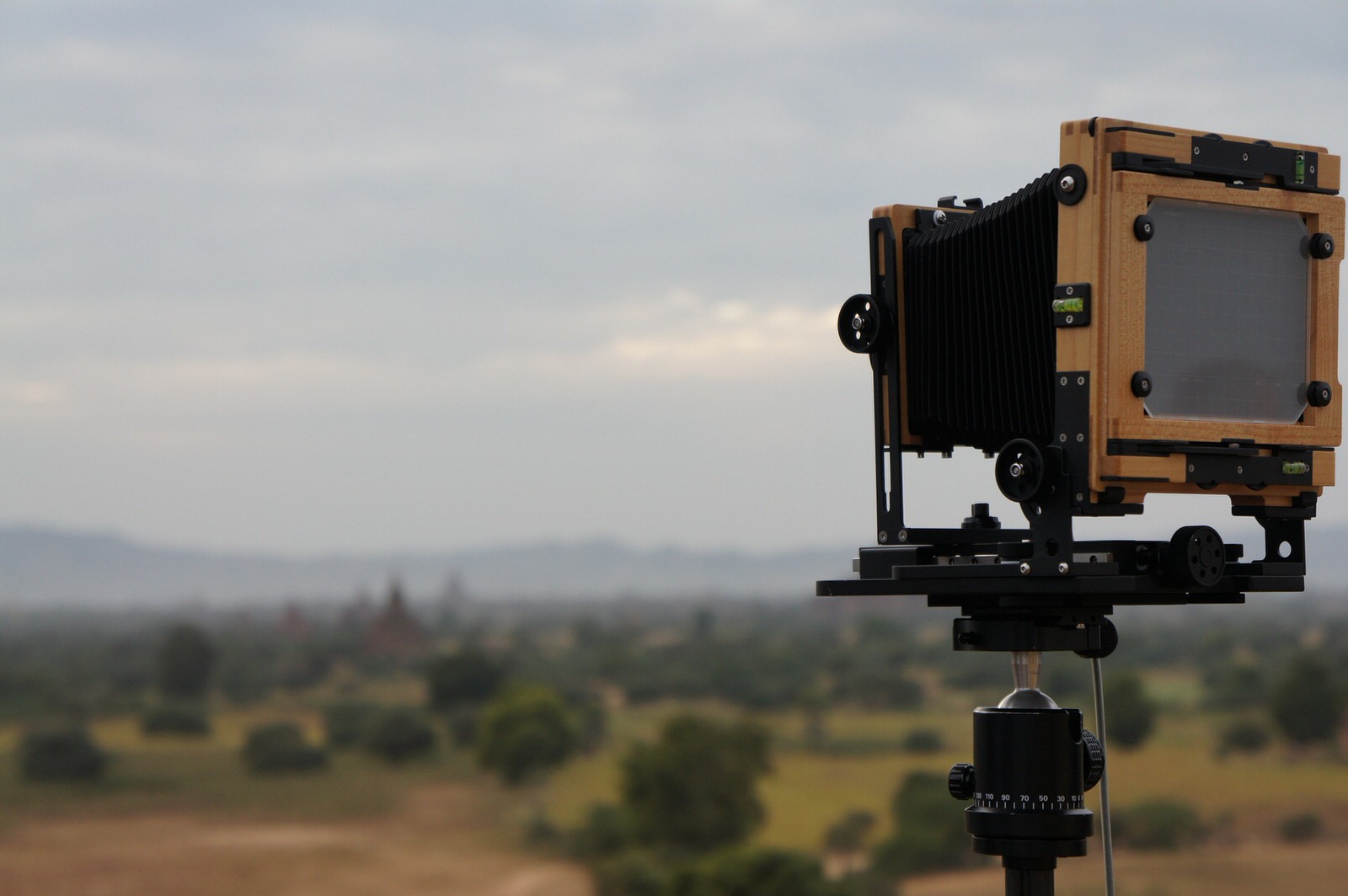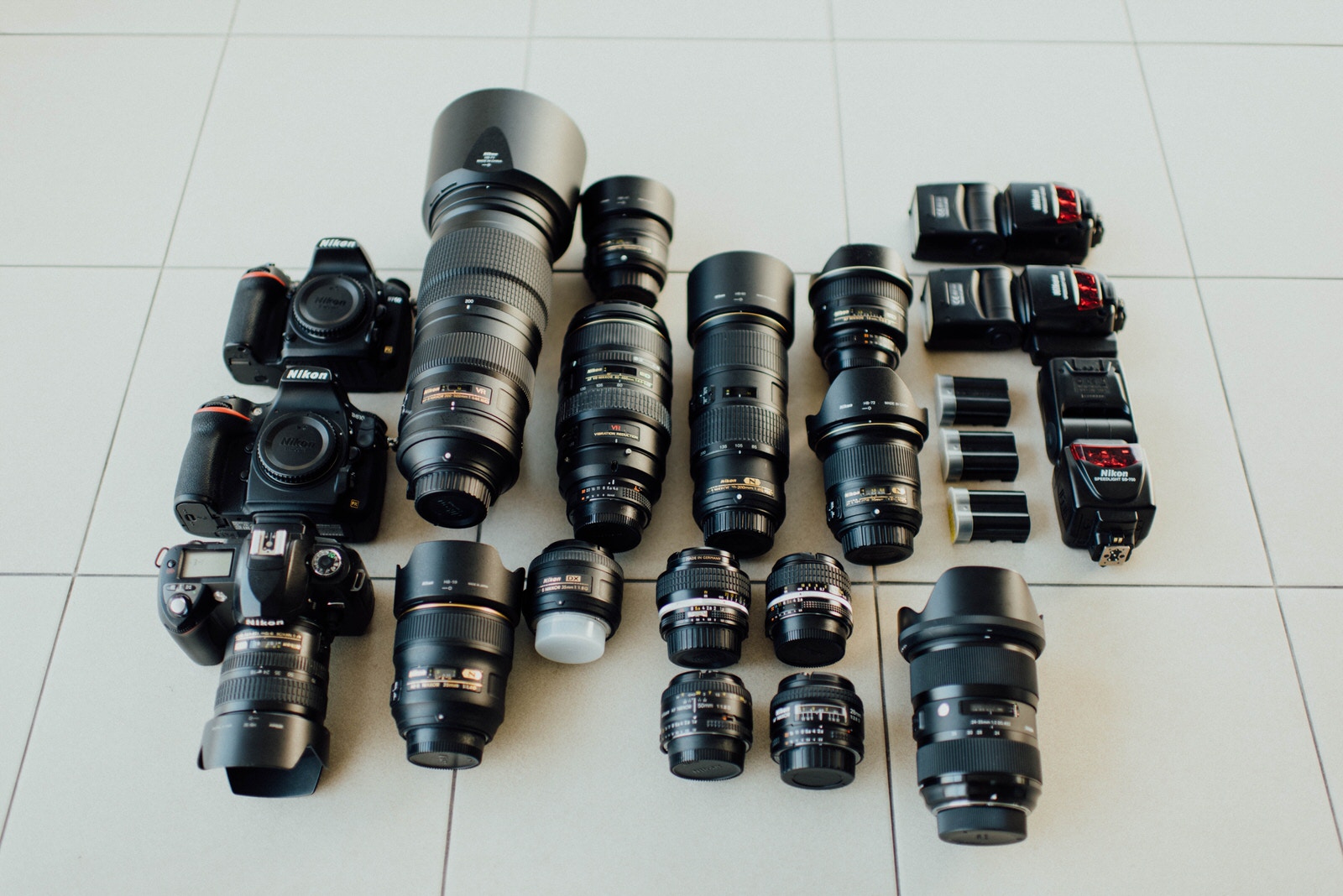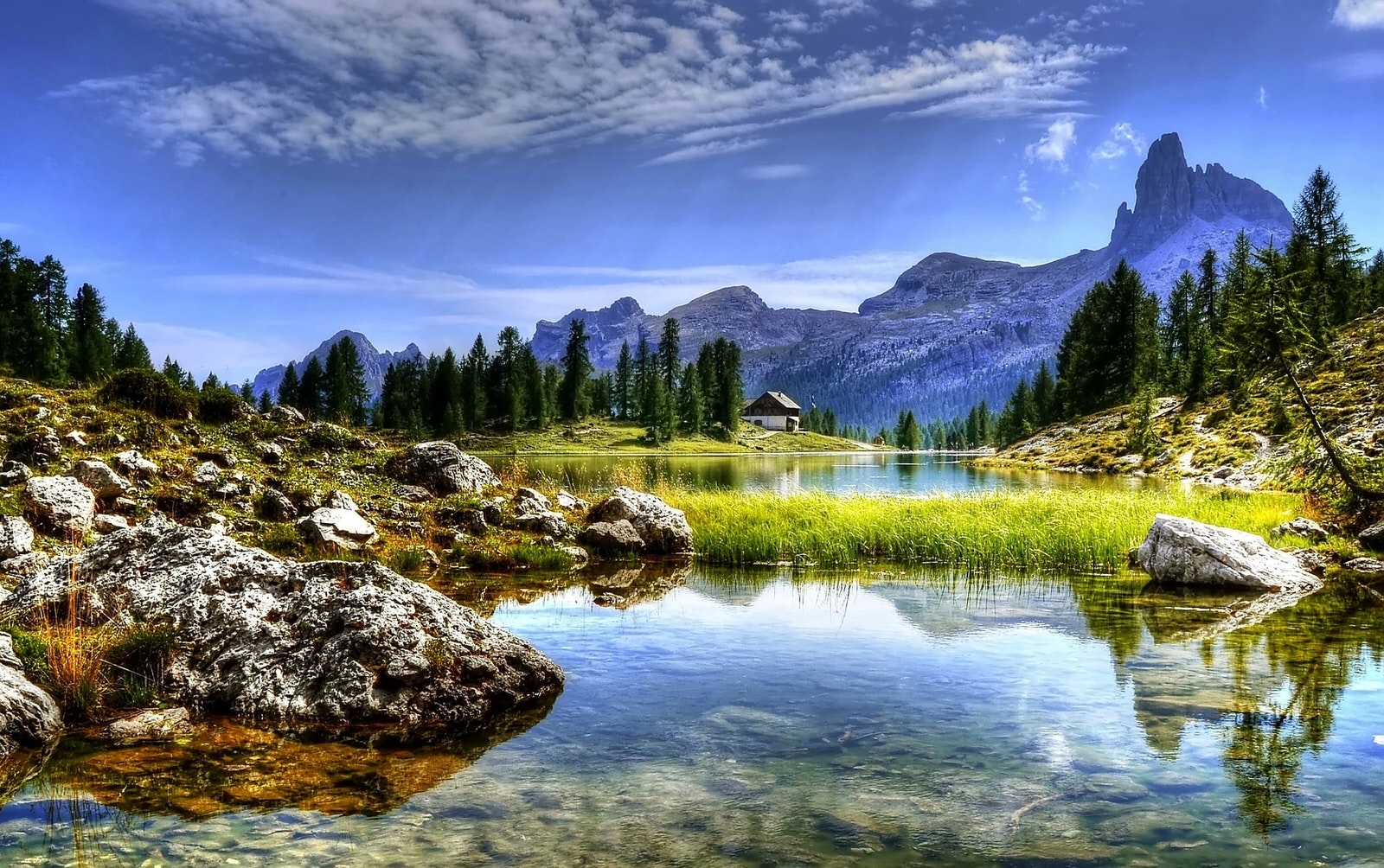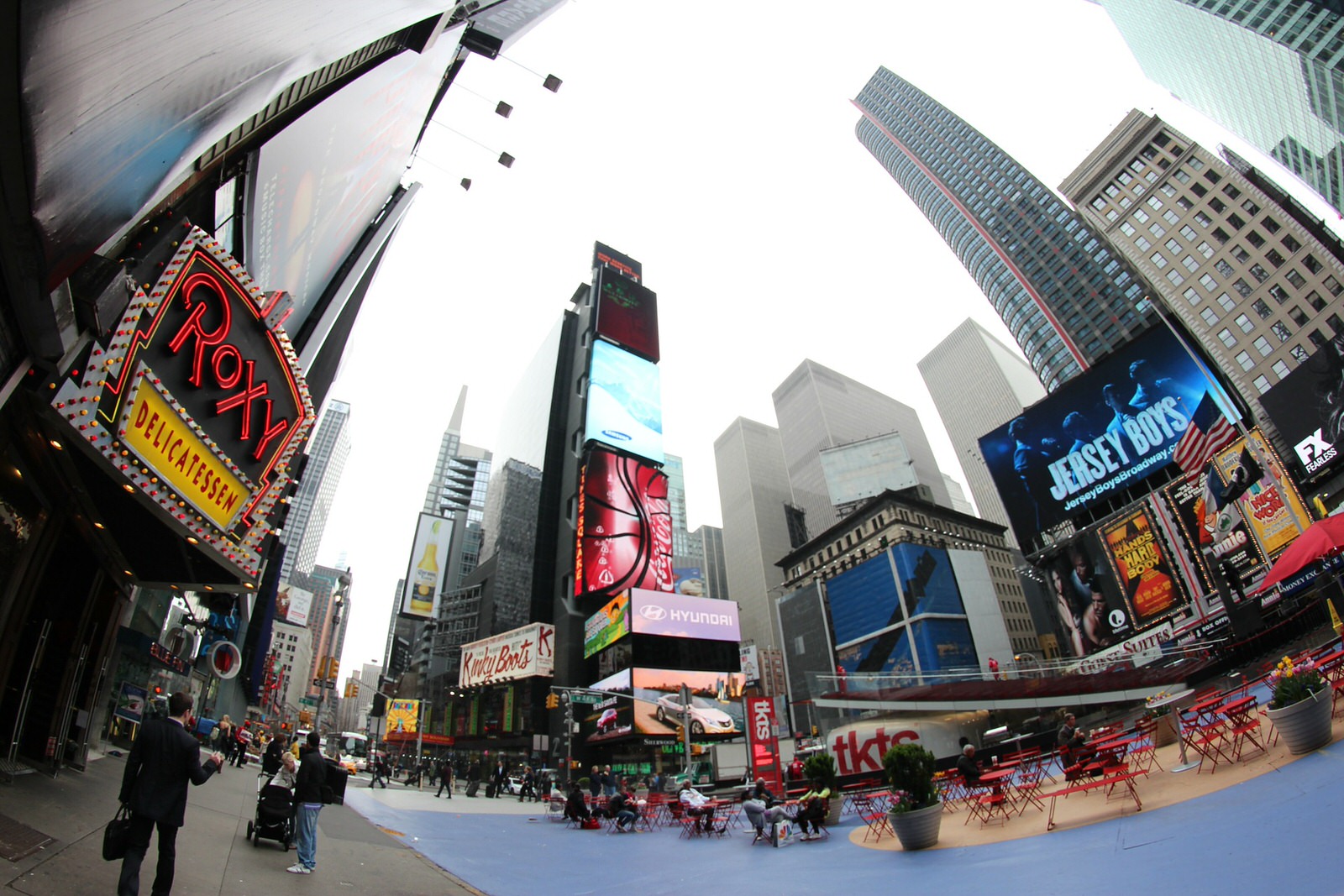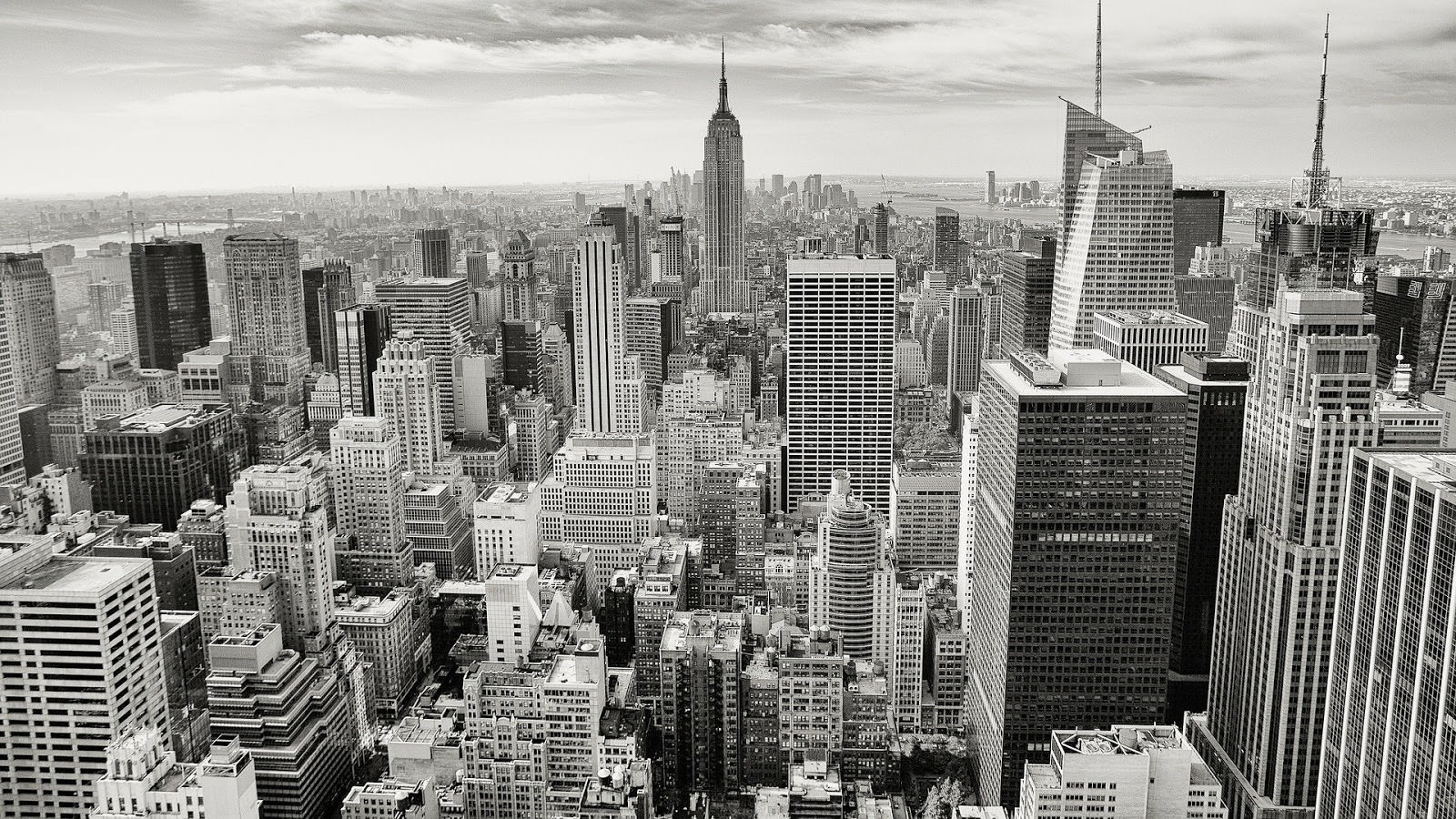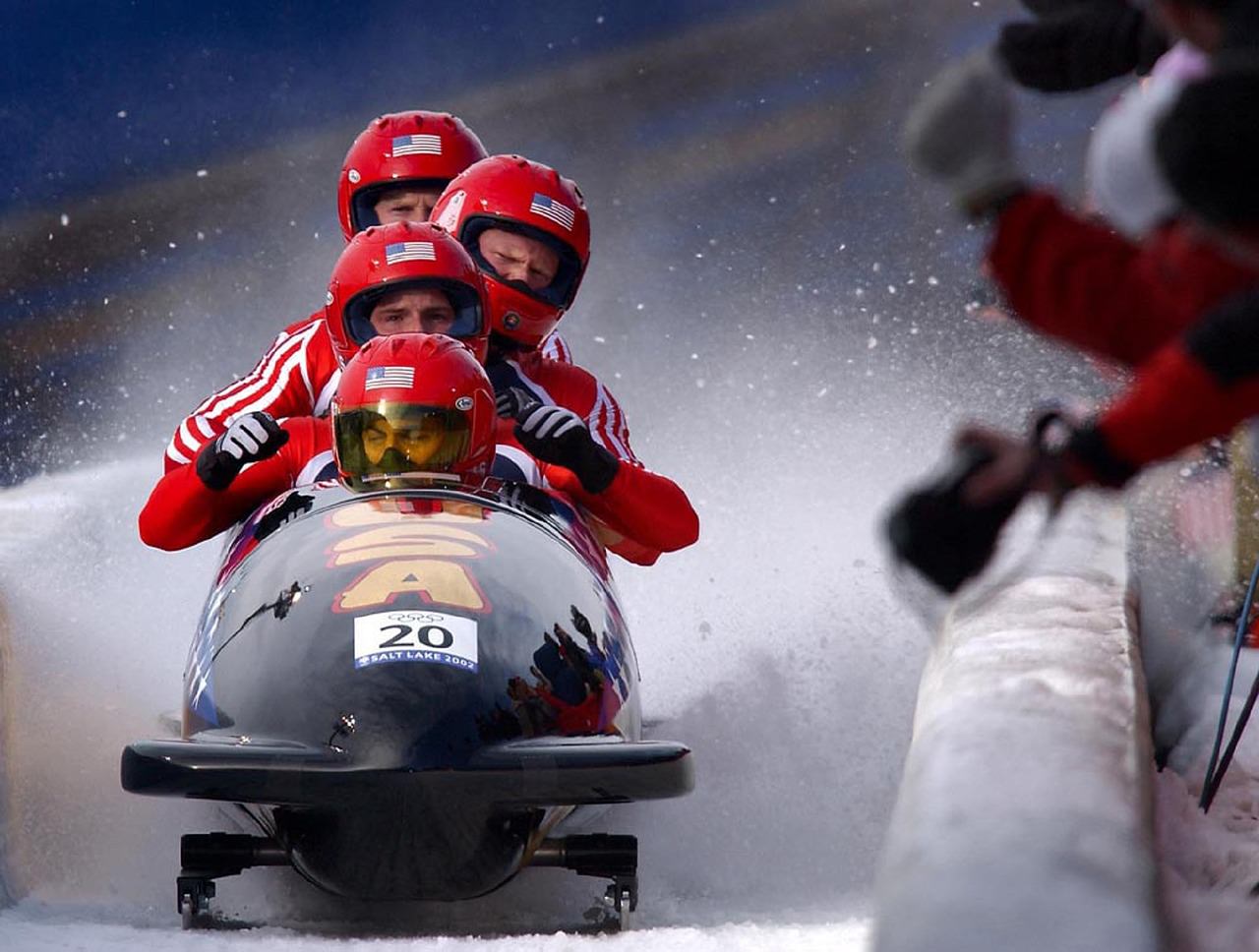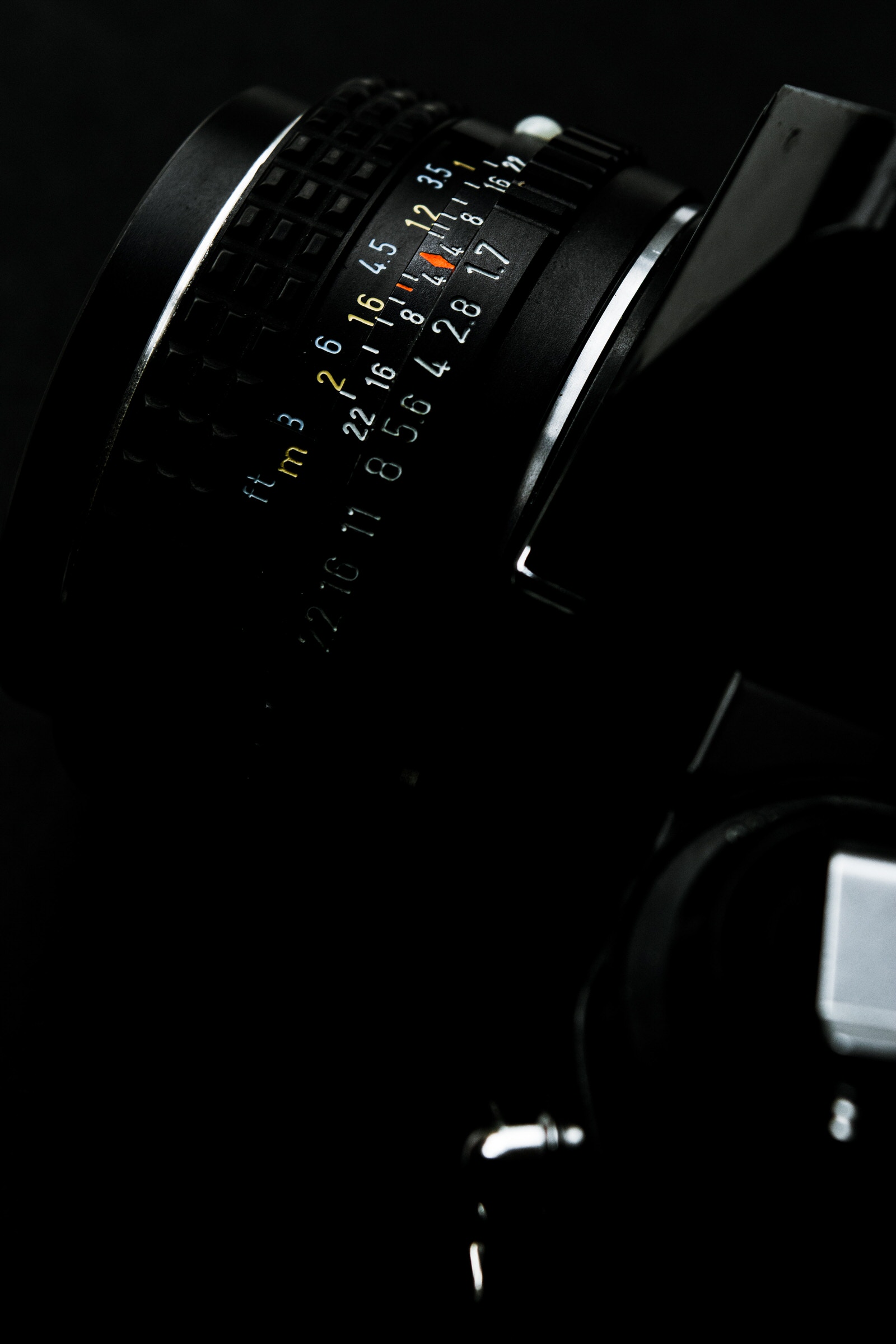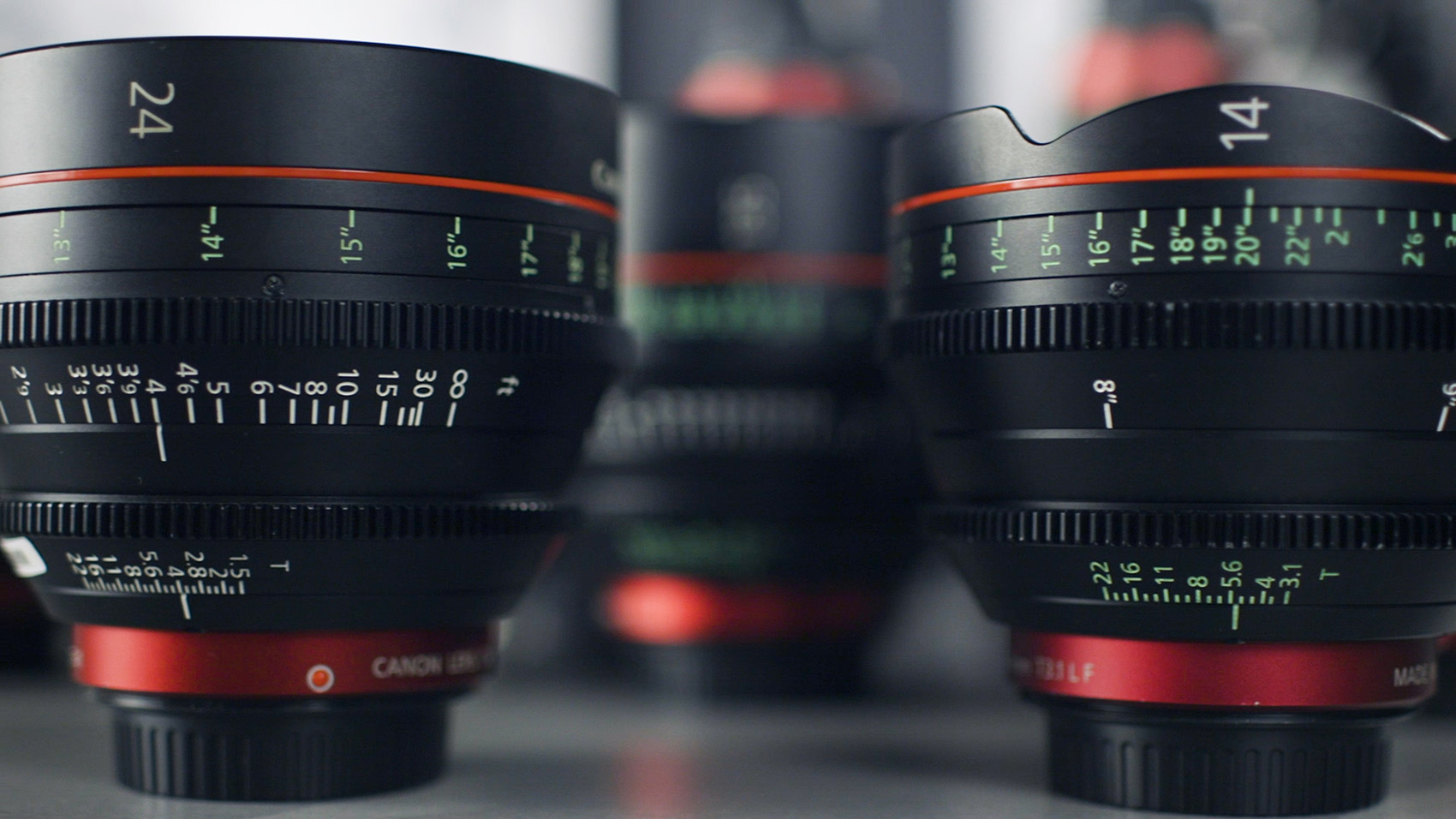
Camera Lens Focal Lengths: What All the Numbers Mean
An understanding of focal lengths in photography is essential knowledge for capturing consistently great images. The numbers don’t tell the whole story, but they do tell us something important. Depending on our camera format, those focal length numbers tell us where on the scale from wide-angle to normal to telephoto that lens sits.
Other important things to know include what exactly does it mean to call a lens wide-angle, telephoto, zoom, or normal? What are the characteristics we should expect from using these lenses? How will they affect our images?
We first have to relate those numbers to the format we’re using.
As an example, let’s first look at a 50mm lens. That “Nifty Fifty” normal lens description really only applies to the full-frame 35mm digital or film format. If we are using an APS-C or MFT format camera, that same 50mm focal length is telephoto. A 50mm lens made for medium format cameras is wide-angle, on large format it’s extremely wide-angle.
Your intended format is therefore an important factor in determining what a lens will provide for your photography. Not all lenses can even cover the various formats, which we will explain as well. In this guide, we’ll examine what makes a lens wide-angle, telephoto, normal, or zoom. Let’s start with normal lenses.
What Is Normal, Anyways?
Relating to photography, a normal lens is defined as a focal length that is equal to the diagonal measurement of the image format. For 35mm film photography, the 24mm by 36mm rectangle of the film frame has a diagonal measurement of about 43mm. Thus, by this definition, a normal lens for full-frame 35mm is 43mm.
So, why is a 50mm lens the most common normal lens focal length for this format? The answer is a little more complicated than merely saying it mimics what the eye sees. Because the human eye is a complicated piece of machinery in itself. The eye has a very wide field of view, but our brains tend to zone out unneeded information.
As an experiment, you are looking at your computer or device screen right now. A fairly limited field of view is what is in your attention. But, if you stop to notice, your peripheral vision is still very wide. Therefore, a definition of normal as what the eye sees is not truly accurate.
But, we’re not focused on our peripheral vision. It is pretty much just background noise most of the time. Our field of attention thus is quite different from our actual total field of view.
The Nifty Fifty
Back to the 50mm lens. In full-frame 35mm photography, a 50mm lens provides an image that closely mimics what we expect to see as an undistorted view of the scene. This includes apparent perspective as well as angular field of view.
Another advantage of the 50mm lens in 35mm photography is that the optical formula can be simple. Also, the scene as viewed through the viewfinder of a 35mm DSLR or mirrorless ILC appears at an almost 1:1 ratio as what is seen or perceived by your eye viewing the scene.
The end result of all of this discussion and real-world application is that the 50mm focal length for 35mm film photography got the label ‘normal’ lens. Nifty Fifty. All current full-frame 35mm digital cameras such as the Sony a7R, Nikon D5, Canon EOS 1DX are the same format as 35mm film, so the Nifty Fifty works for them, too.
Using the same reasoning, a medium format camera such as the Hasselblad X1D has 80mm as normal, a 4×5 inch film or digital format camera would use 150mm (more or less), and the smaller digital format of APS-C used by cameras such as the Fujifilm XT-3 would have 35mm lenses as normal lenses.
An additional advantage of the optical formulae used for normal lenses is that it has been relatively simple to design inexpensive lenses to be paired with cameras. Making these lenses faster can also be accomplished within what many of us consider a reasonable price range.
Pro Tip
If you can only bring one lens along, having a fast normal lens is a great choice. Creative camera placement and good technique will overcome any seeming restrictions.
Having a definition of normal helps define other focal lengths. What is wide-angle? What is telephoto? What is a zoom?
Lens Focal Length Definitions
Keeping in mind crop factors and their calculations for whatever format we’re using, we can now loosely define other lens types. For the sake of simplicity, we will standardize in this article that our format of choice is full-frame 35mm, film or digital.
Wide-angle lenses can be considered as lenses with a shorter focal length than normal. Since we’re defining 50mm as normal, then the previously mentioned 43mm focal length gives a slightly wider angle of view. So, for our definitions, a range of 40mm to 60mm will be within the normal range.
Lenses below this focal length do indeed give us a wider angle of view. A 35mm lens will be slightly wide-angle, 24mm quite a bit wide-angle, and 15mm would be extremely wide-angle. Objects appear less magnified in the film view compared to our naked eye perception. A fisheye lens presents a very distorted extremely wide angle of view.
Pro Tip
Since 35mm lenses aren’t very wide-angle, some photographers will use 35mm as their normal lens. Many small, fast, reasonably priced 35mm lenses are available in various camera lens mounts.
A telephoto lens (long focus) will have a narrow angle of view and will magnify objects in the image frame. In technical terms, telephoto refers to a specific optical design for long focus lenses. Since few photographers make that distinction nowadays, we’ll stick with the label telephoto.
Here are some of my own personal definitions of focal lengths and lens types in full-frame 35mm photography:
- Fisheye: 6mm, 8mm, 10mm
- Extreme Wide-Angle: 13mm, 15mm, 17mm
- Wide-Angle: 20mm, 21mm, 24mm, 28mm, 35mm
- Normal: 40mm, 50mm, 55mm, 58mm, 60mm
- Portrait (Short) Telephoto: 85mm, 100mm, 105mm, 135mm
- Telephoto: 200mm, 250mm, 300mm
- Long Telephoto/Super Telephoto: 400mm, 600mm, 800mm, 1000mm, 2000mm
- Zoom Lens: 17-24mm, 35-80mm, 24-70mm, 70-150mm, 80-200mm, 150-600mm
- Multi-Use or Normal Range Zoom or Kit Lens: 24-70mm, 28-85mm, 35-105mm
- Macro: Any focal length or zoom with specific correction for very close focus
Zoom Lens
Zoom simply means that the focal length of the lens is variable. In popular speech, people refer to “zooming in” on something, which is one correct use of the term. It can be confusing to beginner photographers, though.
Simply put, a zoom lens does not always mean telephoto or great magnification. It actually specifically refers to the fact that the focal length can be changed. A lens can be a wide-angle zoom, such as the 17-24mm. Or a telephoto zoom, such as a 70-200mm.
One common lens is a normal range zoom such as a 24-70mm lens, also called a wide to short telezoom or multi-use lens. This is the range most kit lenses are, too.
Pro Tip
Prime lenses, or single focal length lenses, are preferred by some photographers over a zoom that has the desired focal length. Reasons include superior image sharpness, faster lens speed, and smaller lens size. Your mileage may vary.
Several manufacturers, including third-party lens makers, have a trio of fast and sharp zoom lenses that can cover a wide variety of photographic situations. Look at examples similar to the 14-24/2.8, 24-70/2.8, and 70-200/2.8 lenses from Sony, Nikon, and Canon. Some photographers will prefer a 16-35/2.8 at the wide end. Fast enough for most uses, very sharp, and heavy duty construction make them a desirable ‘Holy Trinity’ of zoom lenses.
Wide-Angle Lens
Wide-angle lenses provide a wider field of view compared to a normal lens. This also means that things appear further away due to less magnification.
A wide lens is often used for situations where we want to show more of the scene in front of us in the final image. Some examples are a scenic vista of a rural scene, an interior room for a real estate listing, or a group portrait of an office staff.
You could also use one for a creative look at a subject. Since wide-angle lenses can deliver a very large depth of focus, it opens up subject placement close to the camera while still having the background in focus.
Let’s talk about depth of field. All things being equal, a smaller f-stop or lens aperture will give us more things in focus in front and behind the focus point. Things are not equal when you start changing focal lengths.
From the same camera location, you will have more depth of field with a wider lens. However, magnification is less, so subjects look smaller or further away. Interestingly, optical science states that if you keep the image magnification the same, the depth of focus stays constant, too. This requires changing camera position though.
Pro Tip
Using hyperfocal distance calculations helps you maximize or minimize depth of field. A DOF calculator that you can access on your smartphone is a handy tool.
One of the other aspects of wide-angle lenses is the apparent perspective effects and distortion seen in certain images. This is especially evident in portraits and closeups. Moving in close to fill the frame when using a wide-angle lens will make subjects look distorted.
For instance, a frame-filling closeup of a person’s face with a wide-angle lens will make the subject’s nose, forehead, or chin appear disproportionately large compared with the rest of the image. Generally, this is not a flattering look for portraits.
This can be a very useful technique for other types of photography, such as landscapes or architecture.
Extreme Wide-Angle Lens
Somewhere between the common wide-angle lenses and specialty fisheye lenses are lenses that have an extreme wide angle of view without a whole lot of distortion. They are sometimes referred to as rectilinear wide-angles, meaning they reproduce straight lines instead of curved lines in the image.
These lenses tend to be somewhat expensive, but they are worth the price to those that need the undistorted coverage.
Fisheye Lens
Optical designers usually tend to try to minimize distortion in their wide-angle lenses. A fisheye lens is an extreme wide-angle lens with little or no distortion correction. Without the constraints of attempting correction, a lens design can cover an extremely wide angle of view.
While well-corrected wide-angle lenses can cover 100 degrees or so, a fisheye lens often covers a full 180 degrees. Some fisheye lenses can cover even more. The Nikon 6mm fisheye covers 220 degrees!
Pro Tip
Fisheye lenses are wonderful tools for spherical panoramic images and for astronomy, science, and industry. You can also use them for other images, including fun photos.
Short (Portrait) Telephoto Lens
A short telephoto lens is a longer lens than a normal lens, but not much more than two or three times the length. They are often referred to as portrait telephotos, though you can use them for any type or imaging. A focal length of 85mm, 100mm, or 135mm is common for this type of lens.
The apparent perspective of short telephotos is what makes them desirable for portrait photography. Just as a wide-angle used up close tends to exaggerate and elongate facial features, using a short telephoto lens from a further distance tends to foreshorten perspective, resulting in a pleasing perspective.
Short telephoto lenses at a wide aperture are also capable of limiting depth of field. This is another factor that makes them great portrait lenses, but it also makes them a good choice for other types of photography.
Pro Tip
Isolating a subject from the background will emphasize the subject by reducing distractions. A fast short telephoto will allow you to do this easily.
Besides the perspective issues and depth of field concerns, using a short telephoto lens lets you highlight part of a scene over other parts. This is useful in architectural and scenic nature views, as you can emphasize the interest you wish to convey.
Telephoto Lens
Focal lengths longer than about 135mm are a little bit more little limited in use than lenses closer to normal range. For some photographers, though, these lenses are their most used tools.
What type of photography benefits from longer telephotos? Sports and wildlife come to mind, for sure, but travel photography can make good use of longer telephoto lenses as well. Anytime you, as a photographer, need more magnification or subject isolation, a longer telephoto lens is a good choice.
A telephoto lens in this range can be used to isolate a portion of the view in a landscape or cityscape for a powerful image.
Since there is noticeable foreshortening or compression by the time you get into this range of lenses, you can use that creatively for interesting perspective. You can make good use of this optical property in portraits.
Wildlife and sports photographers will appreciate these lenses, especially if the lenses are fast. A fast telephoto will be bigger, heavier, and more pricey, but you can get around all of those drawbacks if you really need a fast telephoto. Good shooting techniques, versatile camera supports, and a workable budget will provide what you need.
Long (Super) Telephoto Lens
Super telephoto lenses are a specialty genre of lenses that have largely been out of reach for the average photographer. With the exception of some third-party and OEM lenses with very simple construction and slow f-stops, many of these lenses have historically been huge, heavy, and very expensive.
A 400mm lens used to be quite the exotic lens choice but is now a very common focal length. Lenses from about 600mm to 1200mm and even 2000mm are firmly in the realm of the super telephoto label.
Things have changed quite a bit concerning this type of lens. Many very affordable, lighter weight, and superb performing lenses in very long focal lengths are currently available from various lens makers.
The primary considerations when using a super telephoto lens are accurate focus and having a stable platform. Some of the newest lenses are even able to be handheld because of technology such as special glass elements allowing for compact designs and improved image stabilization.
The same issues of limited depth of field and compression can either be a drawback to overcome, or a property to take advantage of for amazing images.
Regardless of physical size or being able to use handheld, the narrow field of view is an optical property that is always going to be a factor. If you’ve ever tried to center a star in a telescope, you know how much work this may entail. Especially with regards to sports and wildlife photography, you need to develop great techniques to enable you to use super telephotos for any action.
Pro Tip
In order to make very long focal lengths in a compact size, lens makers have designed mirror lenses, also called catadioptric lenses. If you only need an ultra telephoto lens on rare occasions, and are willing to cope with the special properties of mirror lenses, take a look at this type of lens.
Multi-Use Zooms and Kit Lenses
We’ve already discussed zoom lenses above, but this is a type of zoom lens that many photographers find extremely useful. This lens will cover from moderately wide-angle, through the normal range, and on up to short telephoto, sometimes including macro focusing as a feature. Low-cost, lightweight versions are often packaged with a camera body as a ‘kit’ lens.
In the full-frame 35mm format, lenses with focal lengths of 35-70mm, 28-70mm, 28-85mm, 35-105mm, and 24-120mm are some examples of lenses in this category.
There is another category that also fits this use – all-in-one zooms. Focal lengths of 24-200mm and 28-300mm are a few of the options. Most all-in-one zooms are a little slow in regards to maximum f-stop, but they are a fantastic type of lens to take on a personal vacation. This type of lens seems to be more popular in APS-C and MFT formats than full-frame.
What makes a lens fall into the ‘kit lens’ category? Opinions can vary, but if it’s small enough and cheap enough to be offered in a budget-friendly package deal, I would see it as a kit lens. A kit lens is usually made with lighter duty materials, such as substituting plastic for heavier metals, and tends towards slower f-stops.
To illustrate the differences, let’s look at two normal range zooms from one brand. The Sony FE 28-70mm f/3.5-5.6 OSS versus the FE 24-70mm f/2.8 GM. The OSS lens with a variable maximum aperture is 1/3 the weight and about 1/4 the cost of the f/2.8 GM lens. Both are very sharp, but the less expensive lens sacrifices being robust and having a fast maximum aperture for being smaller, lighter, and lower cost.
The same things can be found across the brands, including third-party lens makers. By the way, there are also telephoto zoom kit lenses and a few ultra-wide zoom kit lenses. The weight and price is usually a good indicator of whether or not it’s a kit lens.
Pro Tip
In terms of sharpness, kit lenses are often very fine performers. If you need faster aperture or heavier duty construction, though, you may need a pro series lens from your preferred brand.
Macro Lenses
A macro lens can be any focal length. Macro simply means that the lens has been designed specifically for ultra-close focusing and will often have optical corrections for the issues associated with close-focus work.
Many zooms will be labeled as macro zooms. This usually is referring to close focus capability only and not special optical corrections, except for a few notable lenses.
Two of the most common focal lengths for true macro lenses are 50mm and 100mm. The 50mm macro lenses are often smaller and faster than 100mm macro lenses. But the 100mm focal length gives you more room between camera and subject, which can help a lot with lighting.
What Do Focal Length Numbers Mean for Me?
There are a lot of numbers to think about in photography. Understanding the numbers that relate to focal length will benefit us in many ways. Besides the actual focal lengths, knowing what makes a wide-angle lens different from a telephoto lens allows us to choose the right lens for the situation every time.
Focal lengths are easy to comprehend once you get the basics described. One of the things I like to suggest to my students as an exercise, and something I periodically do myself, is to choose one focal length for a whole day of personal photography. By doing so, I really get to know all the properties of that lens type.
Funny thing, I actually find something new to appreciate about each lens type whenever I do this. And it also shows me how valuable my plain old Nifty Fifty continues to be for my own personal style.
Try it out for yourself! When you find something you really want to share, let us see it. That way we can all be inspired to be better photographers.

